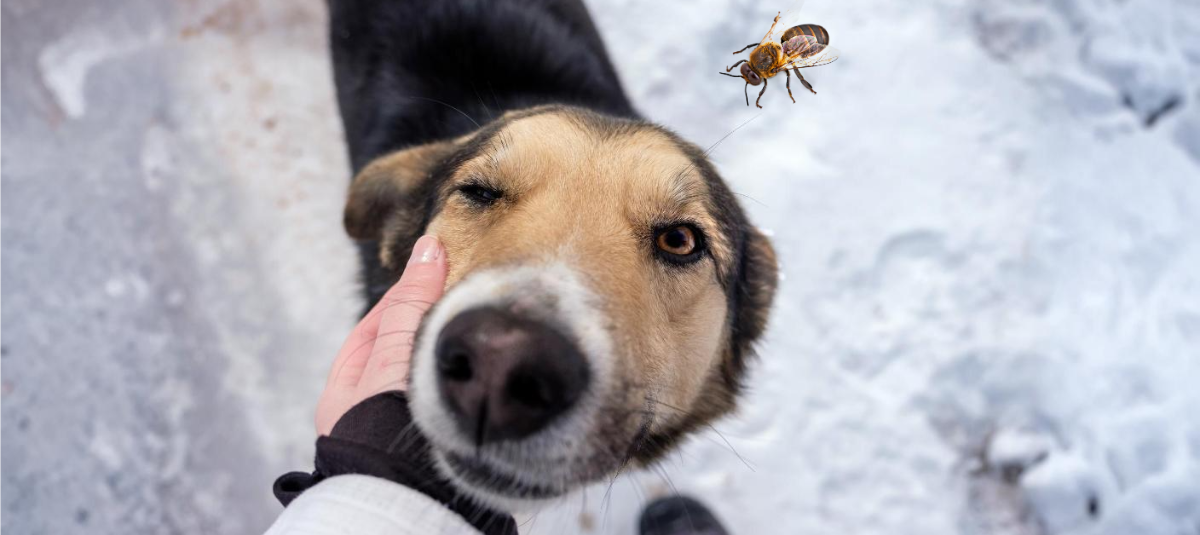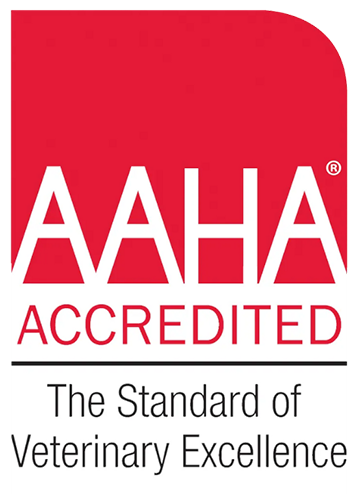
Bee stings and allergic reactions in pets are serious events that can cause severe pain, swelling, and even life-threatening complications. As pet owners, it’s essential to understand how to handle these situations, recognize the signs of an allergic reaction, and know when to search for a
vet emergency near me to get the proper care.
Recognizing Bee Stings and Allergic Reactions in Pets
Pets are naturally curious, often sniffing around areas where bees or other stinging insects reside. While some pets may only experience mild symptoms, others can develop severe allergic reactions. Here are the signs that your pet may have been stung by a bee:
– Localized swelling: Bee stings typically
cause noticeable swelling at the sting site, often around the nose, mouth, or paws.
– Pain and redness: Your pet might cry out, lick, or chew at the area where they were stung.
– Difficulty breathing: If your pet’s face or neck swells, it can impede their ability to breathe, turning the situation into an emergency.
– Hives or rashes: Some pets develop hives, small red bumps, or other skin reactions around the body.
– Vomiting or lethargy: Severe reactions may cause nausea, vomiting, or significant tiredness.
If your pet exhibits any of these signs, especially difficulty breathing or widespread hives, it’s essential to seek immediate care. Searching for
vet emergency near me and finding an emergency vet nearby can make all the difference in their recovery.
Immediate Steps to Take After a Bee Sting
Acting quickly can help minimize the severity of your pet’s reaction. Here’s what you should do immediately if your pet is stung:
1. Remove the stinger: If you can see the stinger, carefully remove it with a pair of tweezers or scrape it away with a credit card. Avoid squeezing it, as that can release more venom.
2. Apply a cold compress: A cold compress can reduce swelling and ease pain. Hold the compress on the sting area for 5–10 minutes, taking breaks as needed.
3. Give an antihistamine: Under veterinary guidance, an antihistamine can help reduce mild swelling and discomfort. Always consult a vet before administering any medication to ensure proper dosage and safety.
4. Monitor for signs of a severe allergic reaction: Some pets may experience delayed symptoms, so keep an eye on them for the next 24 hours. If symptoms worsen, take them to an emergency clinic.
When to Visit a Vet Emergency Clinic
While mild symptoms may resolve on their own, severe allergic reactions require urgent veterinary care. If you live in a bustling area, knowing where to find the nearest emergency vet is essential. You should seek immediate help if your pet:
– Has trouble breathing or swallowing
– Develops extensive swelling on the face or body
– Shows signs of anaphylaxis, such as collapse, extreme weakness, or disorientation
– Exhibits vomiting, diarrhea, or other gastrointestinal symptoms
In severe cases, your vet may administer antihistamines, steroids, or even epinephrine to stabilize your pet. Time is critical, so finding an emergency vet nearby can save your pet’s life.
Preventing Bee Stings and Reducing Allergy Risks
Prevention is always better than emergency care, especially for pets prone to severe allergic reactions. Here are some ways to help protect your pet:
– Avoid high-risk areas: Stay clear of flower beds, gardens, and places where bees or other stinging insects are common.
– Consider a lightweight pet-safe insect repellent: Some repellents designed for pets can help keep insects at bay without causing harm.
– Inspect outdoor spaces: Look for and remove bee or wasp nests in areas where your pet plays.
– Keep antihistamines on hand: Talk to your vet about keeping antihistamines at home in case of mild reactions. However, be cautious about administering any medication without consulting a vet.
By taking these preventive measures, you can reduce the risk of a bee sting and protect your pet from the discomfort and potential danger of allergic reactions.
Conclusion
 Bee stings and allergic reactions in pets are serious events that can cause severe pain, swelling, and even life-threatening complications. As pet owners, it’s essential to understand how to handle these situations, recognize the signs of an allergic reaction, and know when to search for a vet emergency near me to get the proper care.
Bee stings and allergic reactions in pets are serious events that can cause severe pain, swelling, and even life-threatening complications. As pet owners, it’s essential to understand how to handle these situations, recognize the signs of an allergic reaction, and know when to search for a vet emergency near me to get the proper care.


